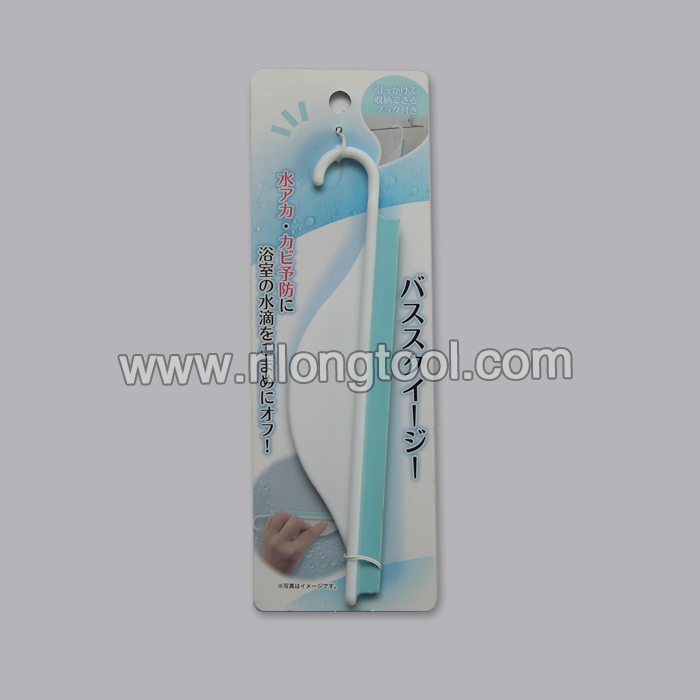Discount wholesale 10″ Backhand Flat-nose Locking Pliers Vancouver Factory
Short Description:
Product Detail
Product Tags
Dedicated to strict quality control and thoughtful customer service, our experienced staff members are always available to discuss your requirements and ensure full customer satisfaction for Discount wholesale 10″ Backhand Flat-nose Locking Pliers Vancouver Factory, To learn more about what we can do for you, contact us at any time. We look forward to establishing good and long-term business relationships with you.
Basic Information
■Model Number: RL-DLQ010
Additional Information
■Material: A3# steel (Q235) or 45# steel
■Size: 10”
■Surface Treatment: Nickel-plated, Zinc-plated, Black Oxide, Electrophoresis
■Heat Treatment: Optional
■Package: Blister Card, Suction Card, Tie Card, Double Blister Card
■OEM: Acceptable
■HS Code: 8203200000
■Samples: For FREE
■Delivery Time: Always 30 working days depending on the order quantity
■Packing: By standard cartons
Product Description
■Mainly used for clamping parts to rivet, weld, grind and so on, which is characterized by the powerful clamp force produced by the jaw. It can lock tight so that the parts won’t fetch away. Besides, jaws have a lot of levels to adjust for the use of different thickness of parts, and it also can be used as a wrench.
■Flexible using, long life and good tenacity.
■The screw tuning button can give the best clamp size easily.
Product Image
Using C-Clip Remover
NEW 480P FULL TUTORIAL WITH THIS TOOL: https://www.youtube.com/watch?v=JkYgEvkn46Q
The concept of the rivet tool is analogous to using a regular c-clamp. This c-clamp’s job is to smash the pin so it permanently deforms the material thus locking the pin in. The KEY CONCEPTS for doing this: grease the system (or motor oil), put the spare tip in backwards at the other end (see video!), DO NOT OVER COMPRESS the pin (match the clearance between links to that of neighboring factory link clearance), and make sure you measure at least 0.010″ larger pin diameter.
*The spare pin, that is in backwards, acts as the backer. This holds the other end of the pin as you are crushing the pin in. To use this as a chain breaker, simply remove the spare pin; since there is not a backer, the pin will be pressed through.
I tried the hammer chisel method to try and set the rivet. I could not get it to work. I tried multiple angles; 4 and 3 edge too. You have to use the correct tool machined at the proper geometry, probably hardened to 55+ HRC. I was unsuccessful, I did not measure any change in outer diameter of the pin.
Comment if you have questions or if the explanation doesn’t make sense. I did bend the tip a little, but I could have pressed more rivets; and it comes with a spare tip. A 530 DID o-ring chain is shown in the video installed on a Honda CBR1000F.







